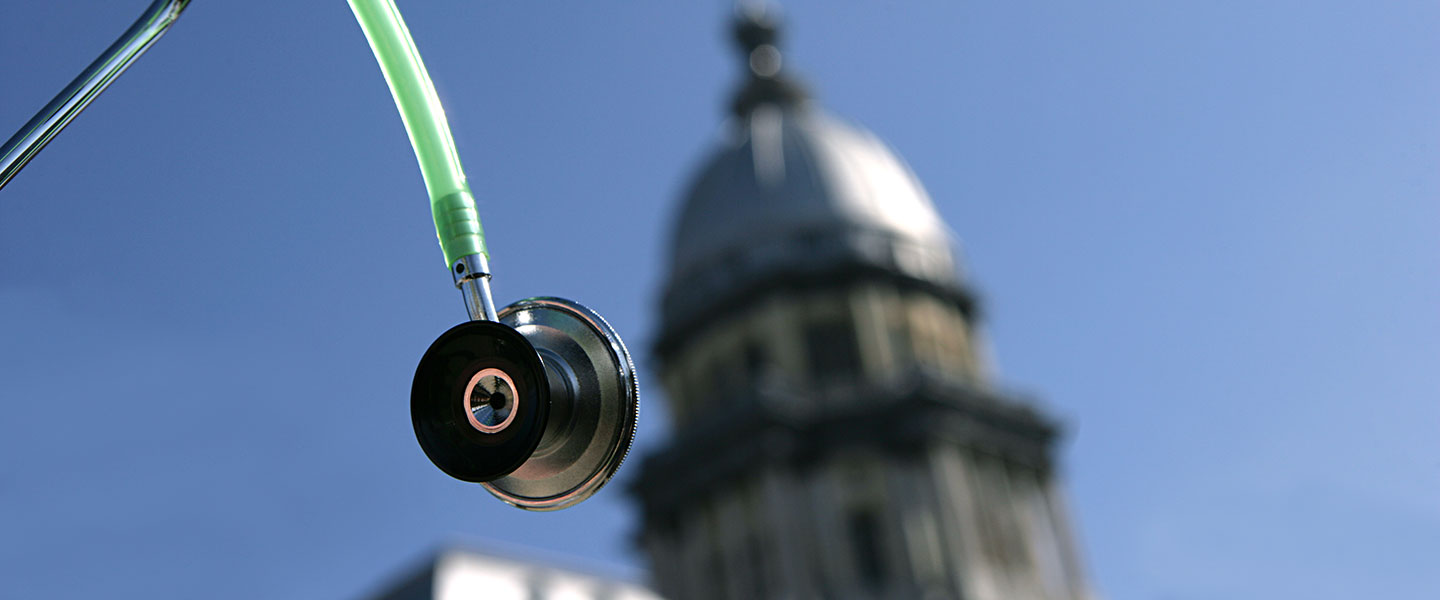With the median cost of new oncology drugs over $260,000, it’s no wonder payers continue to look for opportunities to trim expenses.1
Two cost-cutting approaches that have attracted attention from payers, providers, and legislators are “white bagging” and “brown bagging.” White bagging refers to the process requiring providers to purchase their pharmaceuticals from preferred pharmacies and have the drugs shipped for administration. Brown bagging is the process that requires patients to pick up their prescribed clinician-administered drugs at a specialty pharmacy or have these drugs delivered directly to them.
The term “white bagging derives from the “white coats” of the providers who receive the drug from the specialty pharmacy. “Brown bagging” comes from the analogy to an individual’s “brown bag” lunch.
Both processes replace the traditional “buy-and-bill” approach, in which hospitals and physician practices purchase drugs directly from wholesalers and then bill health plans for the product and administration costs.
In 2022, 27% of oncology therapy products administered in physician offices under commercial insurance were subject to white bagging policies, while brown bagging policies were applied to only 4% of oncology drugs administered in physicians’ offices and 9% of drugs administered in hospitals.2
Providers argue that the markup charged in the “buy-and-bill” process is necessary to offset administrative, storage, quality, and other costs associated with maintaining an adequate inventory to provide same-day treatment options for a wide variety of patients. They also argue that white and brown bagging increases a patient’s out-of-pocket costs, adds administrative burden to their operations, and wastes drugs since any excess supply under that system must be discarded if a patient’s circumstances change and they require a different drug or dosage.
But payers have expressed concern about reimbursement rates that vary depending on the provider type (hospital vs. physician practice) and are subject to excessive markup costs. For example, according to one analysis of 10 hospitals in 2021, the hospitals marked up prices for Chimeric antigen receptor (CAR) T-cell therapies by more than 300%.3
Payers say these costs can add up.
According to the latest IQVIA report on the use of medicines in the U.S., spending on oncology drugs reached $81 billion in 2022 and is expected to grow to $125 billion by 2027.4
Another reason payers have switched to white and brown bagging is to take advantage of lower negotiated prices for drugs through payer-associated pharmacy benefit managers (PBM). Aetna, for example, claims its savings associated with its movement away from buy-and-bill to specialty-based pharmacy drug management has resulted in significant savings.5
Another reason payers use white or brown bagging is that these processes give payers more control over which drugs are utilized. Under the traditional system, some payers have found it harder to influence clinician and patient drug selection, so specialty pharmacies can generate savings by eliminating markup costs and shifting utilization to lower-priced products.
Payers say white and brown bagging also allows them to leverage the expertise of specialty pharmacies to treat complex and rare conditions. They also argue that white bagging can improve continuity of care, especially during supply chain shortages and disruptions.
But several state legislators have taken a different view and crafted legislation aimed at eliminating or limiting white and brown bagging.
As of May 2023, seven states enacted legislation prohibiting white bagging – Arkansas, Louisiana, Tennessee, Minnesota, Indiana, Virginia, and Vermont. Another eight states currently have active bills pending – California, Arizona, Missouri, Illinois, Kentucky, Ohio, West Virginia, and New York. Four states have failed to pass legislation outlawing white bagging – Nebraska, Oklahoma, Florida, and Wisconsin.
###
SOURCES
- The Use of Medicines in the U.S. 2023. IQVIA Institute Report. p.32: https://www.iqvia.com/insights/the-iqvia-institute/reports/the-use-of-medicines-in-the-us-2023
- White Bagging, Brown Bagging and Site of Service Policies: Best Practices in Addressing Provider Markup in the Commercial Insurance Market. ICER Institute for Clinical and Economic Review. April 2023. p. 13: https://icer.org/wp-content/uploads/2023/04/ICER-White-Paper-_-White-Bagging-Brown-Bagging-and-Site-of-Service-Policies.pdf
- https://www.drugchannels.net/2021/12/drug-channels-news-roundup-december.html
- The Use of Medicines in the U.S. 2023. IQVIA Institute Report. p. 54: https://www.iqvia.com/insights/the-iqvia-institute/reports/the-use-of-medicines-in-the-us-2023
- White Bagging, Brown Bagging and Site of Service Policies: Best Practices in Addressing Provider Markup in the Commercial Insurance Market. ICER Institute for Clinical and Economic Review. April 2023. p. 13: https://icer.org/wp-content/uploads/2023/04/ICER-White-Paper-_-White-Bagging-Brown-Bagging-and-Site-of-Service-Policies.pdf








